Many organizations seek external support when they need to solve challenges, retain a competitive edge or reach new markets. But for the most innovative companies, external partnerships aren’t just nice to have — they are prerequisite. And in health, the way organizations partner is changing.
As the industry becomes more complex and connected — with more data, algorithms and access to patients — it makes sense that partnerships would evolve accordingly. Instead of linear relationships between smaller innovators and larger acquirers, today’s partnerships are part of a highly networked ecosystem. The current moment in health requires fresh thinking and approaches, from corporate venturing squads to living health labs.
The power of external partnerships as a tool to drive innovation emerged as a central theme in Luminary Labs’ State of Open Innovation 2023, a report based on survey responses from more than 100 leaders across sectors and industries.
We were curious to see how health leaders are embracing novel approaches to partnership, so we asked seven leaders how they are structuring their organizations to support new ways of working.
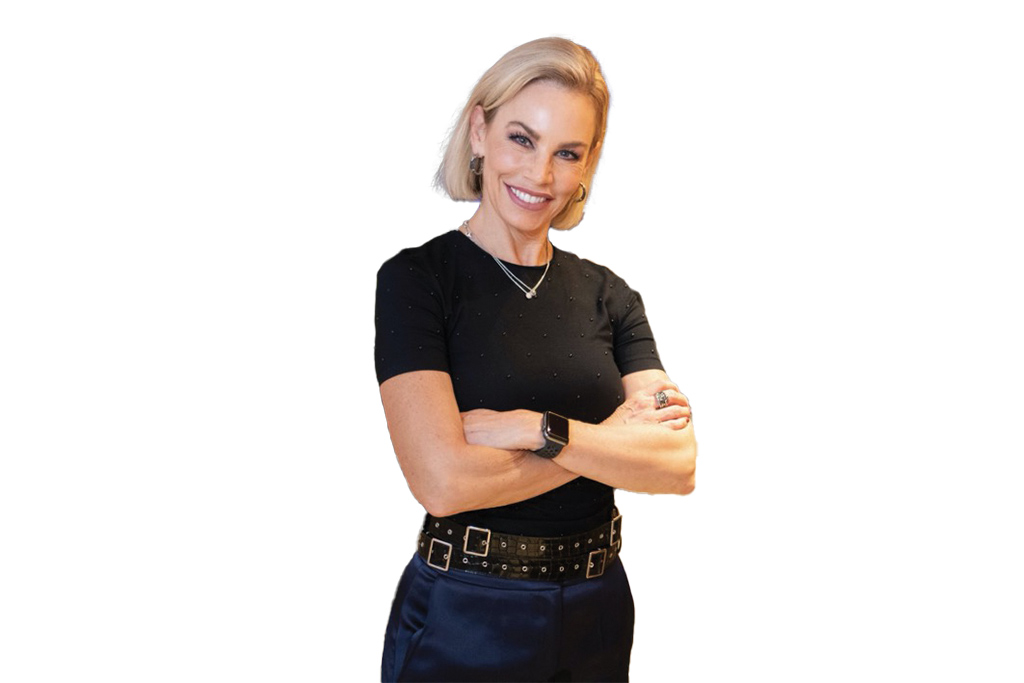
Melinda Richter
Global head, Johnson & Johnson Innovation — JLABS
Purpose: JLABS seeks to accelerate science and technology that will benefit patients.
Structure: JLABS has a global open innovation ecosystem of 11 physical locations and virtual wraparound services. The alumni network boasts over 1,000 companies, representing $107 billion in deals. JLABS is helmed by Richter, whose team reports to Dr. William Hait, EVP, chief external innovation and medical officer. Hait reports to the CEO.
How it works: JLABS provides innovators with big-company capital, lab space, connections, entrepreneurial services and know-how through a variety of partnering models. QuickFire Challenges crowdsource solutions to a specific problem, offering winners both monetary and nonmonetary resources. Blue Knight, a joint initiative with the Biomedical Advanced Research and Development Authority, offers JLABS’ incubator services to innovators addressing health security threats. More recently, JLABS has widened its aperture to help entire countries and regions thrive, partnering with the Singapore Economic Development Board to stimulate the region’s health innovation ecosystem.
Why now: Richter notes that it can take 10 to 12 years and billions of dollars before a drug can impact patient populations. Given Johnson & Johnson’s scale, JLABS represents an opportunity to source and support innovators — especially when traditional funding markets are hard. “We believe that the best idea can come from anywhere,” she says. “So how can we source it and give it the resources it needs to reach patients?”
Advice: Richter observes that innovators and corporate leaders have a lot in common: They’re both trying new things and selling their ideas to people who are inclined to say no. Richter advises innovators to be persistent and lean into those negative responses to understand what needs to be true for new ideas to work. “If you can change a big company, you can change the industry,” she adds.
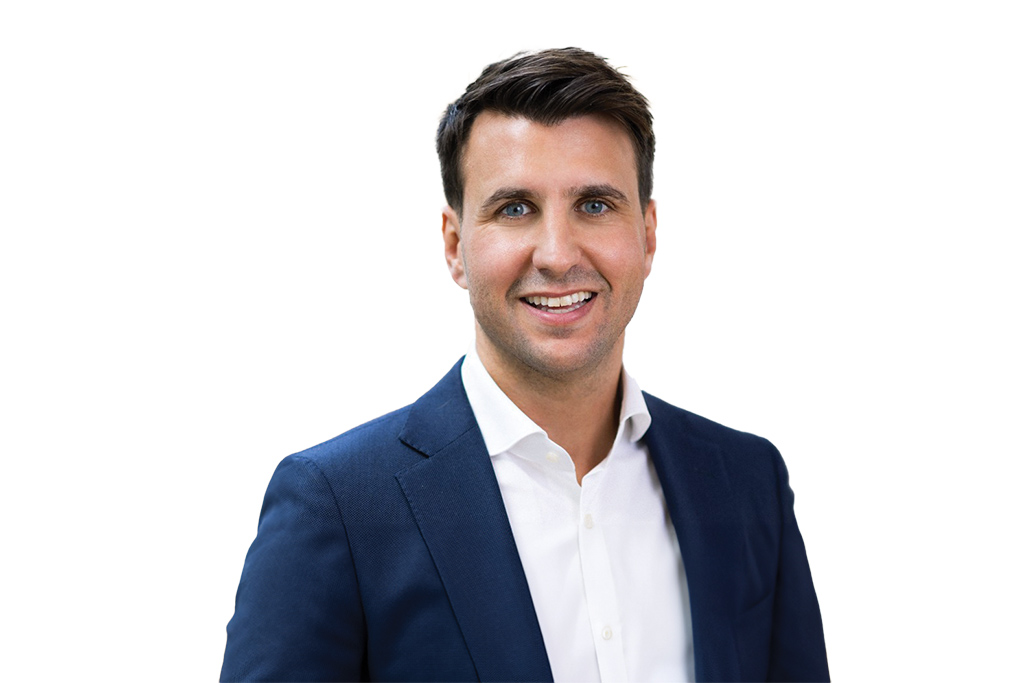
Matt Dugan
VP, Business Innovation Garage (BIG), Novo Nordisk
Purpose: BIG seeks to create value by identifying, incubating and integrating high-potential digital partners.
Structure: BIG consists of a digital innovation consulting team to take ideas from concept to prototype to scale; a central, open, innovation team that engages with startups, scale-ups and big tech; and support for corporate digital strategy. It also operates eight global innovation hubs. BIG has more than 60 team members and sits within the company’s central digital area. The BIG team reports to Christian Jönsson, corporate VP, digital incubator and innovation, within the broader digital, data and IT area.
How it works: BIG runs Fast Tracks, a lean accelerator process. Following an open call, BIG narrows the pool and tests to quickly understand what is scalable. Its leaders are interested in anything that can improve patient outcomes or experience — including access to care, disease awareness, remote patient monitoring and beyond-the-drug and predictive capabilities — as well as how technology can improve existing solutions. But most importantly, Dugan stresses the need to achieve scale: “We’re not just mapping the external digital landscape for corporate entertainment, but to identify partners with whom we can co-create value at scale.” When a new program is launched, there is a commitment to test and pilot, which means seeking out partners that are ready for the next level of engagement.
Why now: “Technology can democratize healthcare in a really exciting way,” Dugan says. Two years ago, Novo Nordisk established a corporate digital strategy that seeks to optimize the value chain by combining drugs, digital, diagnostics, devices and data. Novo knew that digital partnerships would be key to introducing breakthrough, integrated treatment solutions. “We do partnerships across the full value chain, but the parts of our business where digital can impact patient interactions are where we get particularly excited,” he explains.
Advice: Dugan encourages incumbents to consider how their resources can unlock scalability for small or nontraditional organizations: “Reach and scalability is something we really need to start to consider,” he says.
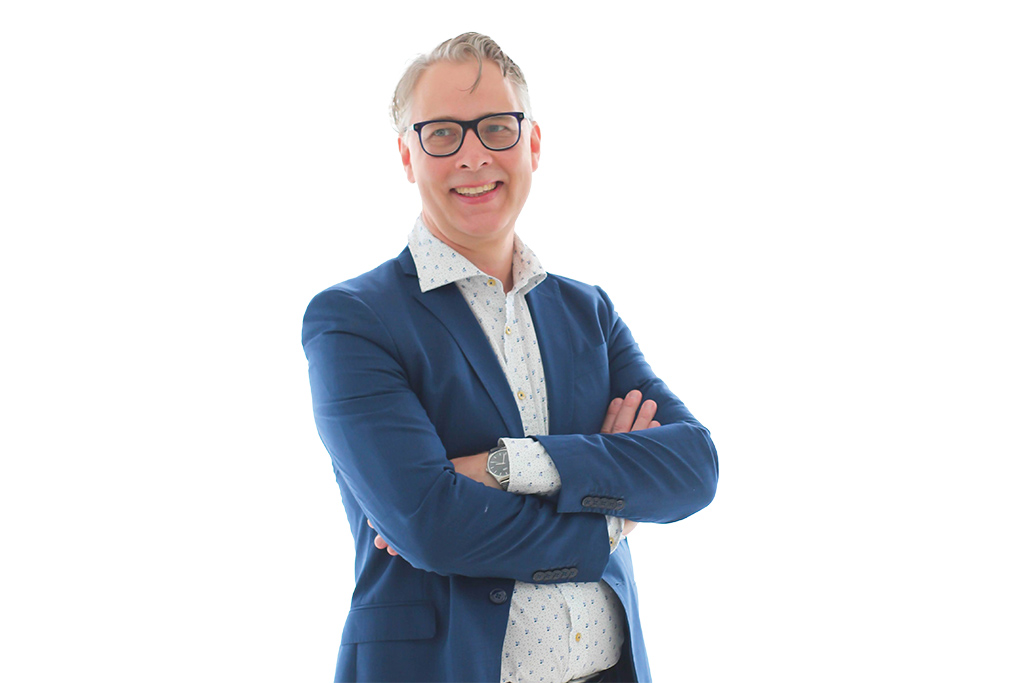
Hannes Toivanen
Lead, global digital ecosystem engagement | product and experience innovation, Takeda
Purpose: To create value for patients through digital technology.
Structure: Ecosystem engagement is part of the product and experience innovation team helmed by Julia Jackson. It sits within data, digital and technology, reporting to chief data and technology officer Gabriele Ricci.
How it works: Takeda’s digital efforts aim to mirror partnership activities on the R&D side of life sciences. In R&D, many innovations start as an acquisition of a molecule developed by another company. Thus on the digital side, Takeda engages with people and organizations through scouting, accelerating and developing novel partnerships. The organization partners with EIT Health in Europe. Open innovation challenges, such as The Dengue Digital Innovation Challenge and The Sleep Innovation Challenge, issue open calls for digital solutions to complement therapeutics. Takeda also engages in corporate venturing through Takeda Digital Ventures.
Why now: Toivanen ascribes to Joy’s law, the principle that no matter who you are, most of the smartest people work for someone else. “We are looking for those people — this special class of innovators who are very passionate and committed to change things. We need to find those people and a way to work with them for the benefit of patients,” he says. For Takeda, this is less an opportunity than an obligation that can also stimulate the larger health-tech ecosystem: “If we don’t play in that space, who will?” he asks.
Advice: Toivanen believes that digital ambitions must rise to the same level as an R&D moonshot, such as curing cancer. This requires perseverance. “Be persistent,” he advises, noting the industry is still in the early stages of digital innovation. “We know the road is heading here.”
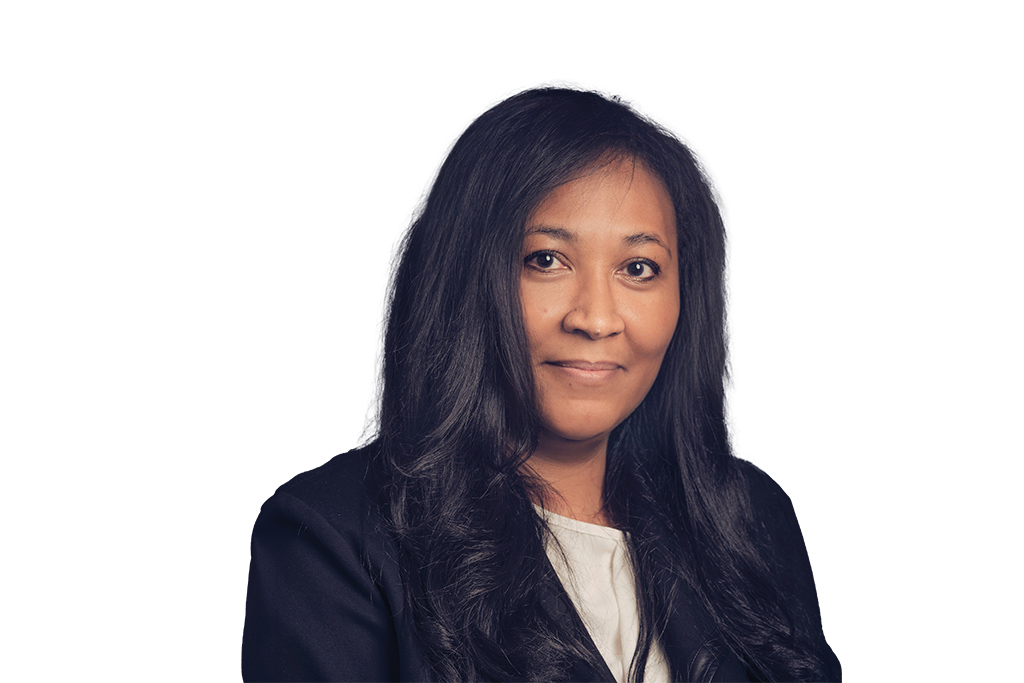
Chonnettia Jones
President and executive director, Addgene
Purpose: Addgene accelerates scientific discovery with faster and easier sharing of biologic materials.
Structure: Addgene is a nonprofit plasmid repository founded by Melina Fan, Kenneth Fan and Benjie Chen in 2004. Jones leads a staff of 120 working out of a 60,000-square-foot mixed-lab facility in Massachusetts. In 2023, Addgene shipped 188,729 materials to nearly 40,000 scientists in more than 88 countries.
How it works: Plasmids, which are small circular DNA molecules found in bacteria, are important tools for scientific research. Before Addgene, shipping this biologic material was an inefficient process; scientists had to identify another scientist with the desired tool.
Today, Addgene has become a reliable exchange for depositing or requesting plasmids. When a scientist seeks to deposit a plasmid, Addgene sends them a kit to package and return. It also works closely with tech transfer offices to secure agreements. Once the kit arrives, Addgene takes care of quality control, compliance and record-keeping, including a DNA sequence. Partnerships include advancing CRISPR research with the Broad Institute and sharing recombinant antibodies with the Institute for Protein Innovation.
Why now: Open science is core to Addgene’s ethos. “We believed in open innovation and sharing before it came into fashion,” Jones says. She points to COVID-19 as a turning point for accelerated collaboration on a global scale. This includes a policy-change component, including the Year of Open Science, more funding for open approaches and infrastructure. “There is a momentum, an expectation and a strong interest, in order to promote more open innovation,” Jones adds.
Advice: Jones encourages leaders brokering new partnerships to think beyond conventional models and engage communities, people and patients. “When I say ‘meaningful partnerships,’ it isn’t just beneficiaries. I mean that they are actually participating in the early development of innovations,” she says.
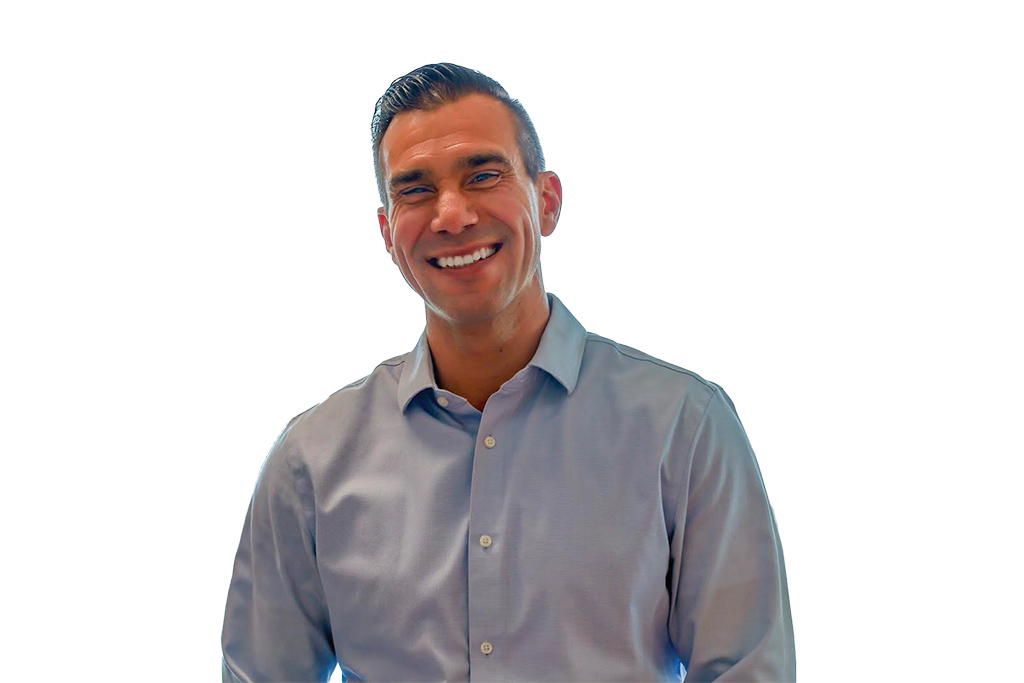
Dr. Brian Anderson
Cofounder and CEO of the Coalition for Health AI (CHAI)
Purpose: To create a set of standards and guidelines for the use of responsible AI in healthcare.
Structure: In partnership with Change Healthcare, Duke AI Health, Google, Johns Hopkins University, Mayo Clinic, Microsoft, Stanford Medicine, UC Berkeley and UC San Francisco, Mitre launched CHAI as a volunteer-based effort in 2022. Since then, 1,500 organizations have joined. CHAI recently applied for nonprofit status and established a board.
How it works: Working groups define what responsible AI looks like, publishing readouts on topics such as reliability and monitoring; transparency; testability, usability and safety; and bias, equity and fairness. The organization stages webinars and summits twice a year. CHAI anticipates finalizing a set of new publications in 2024, with an eye toward incorporating feedback. “Standards and approaches are only as good as they are adopted,” Anderson notes.
Why now: Given how consequential health is — and the speed at which AI is evolving — Anderson highlights the importance of large players, including competitors, coming together voluntarily to establish definitions and guidelines. CHAI knew it was onto something when federal agencies joined the working groups and steering committee. “The public sector sees value in private-sector innovators coming together, helping to define what those standards are and helping to define what good, responsible AI looks like,” he says.
Advice: “If you’re not principally building a coalition that aligns the incentives of inherently competitive organizations, you are not going to have a sustainable future,” Anderson stresses. He also recommends that coalitions remain open-minded about how organizations of different sizes can engage: “Coalitions that are diverse and heterogeneous are the more impactful ones.”
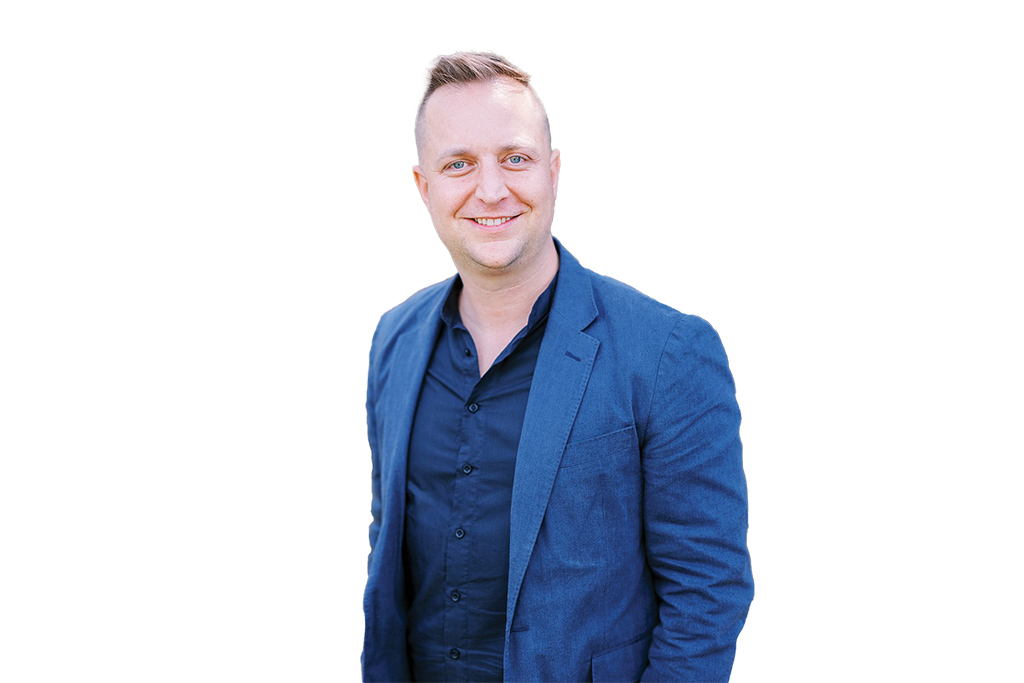
Joshua Di Frances
Head of incubation and venture building, LG Nova, LG Electronics
Purpose: To launch new, high-growth ventures in health, clean tech and AI that are majority-owned by LG.
Structure: LG Nova, LG Electronics’ North America center for innovation, was established by Sokwoo Rhee, EVP of innovation for LG Electronics, and William Cho, now the global CEO of LG Electronics. With a headcount of 50, the group reports into the chief strategy office in Korea, which is overseen by Cho.
How it works: Di Frances leads a team of entrepreneurs-in-residence charged with identifying areas of opportunity, forming an investment thesis, scouting and ultimately accelerating the development of ventures majority-owned by LG. In contrast to R&D-based models, Nova is “built based on an outside-in innovation model,” Di Francis says. “Finding great startups to partner with helps accelerate the process of venture-building.” Partnerships include working with accelerators for deal flow, establishing the Capital Alliance with prospective funders and even partnering with the state of West Virginia to catalyze the development of companies and jobs within the state.
Why now: With significant market share in hospitals, health at home is a key area of interest for LG. “As healthcare moves to the home, it becomes more personalized and consumers are more empowered to take control of their healthcare,” Di Frances explains. “LG can play a critical role to help make healthcare more accessible and affordable, and ultimately deliver better outcomes.”
Advice: Di Frances encourages leaders to avoid going it alone. “Venture-building is not easy … there’s a lot of value in that partner-driven approach,” he notes. “There are a lot of ways to partner, and many different types of organizations can have a role in partnerships.”

Brad Power
Cofounder and CEO, Cancer Patient Lab
Purpose: To function as a learning community that helps cancer patients and caregivers make complex testing and treatment decisions.
Structure: Cancer Patient Lab is a nonprofit, volunteer-run effort founded by Power and two colleagues. It is also relentlessly nontraditional in that there is no hierarchy: Working groups take on functional areas, ranging from marketing to finance. Membership is free and out-of-pocket expenses are covered by donations.
How it works: In 2020, Power organized a hackathon to identify life-extending options to treat Bryce Olsen’s metastatic prostate cancer. This open forum attracted a breadth of experts, from researchers and diagnosticians to patients and physicians, to identify a plan for Olsen. In a world where second opinions can be very time-consuming, tapping the power of the crowd surfaced new options, including two clinical trials as well as a novel treatment. The Cancer Patient Lab helps patients discover and access emerging diagnostics and therapeutics via weekly virtual events and collaboration with companies such as BostonGene, mProbe and Curematch.
Why now: “There is a revolution in healthcare that we are on the cusp of, and it’s personalization,” Power says. This is particularly true for cancer patients who are beyond the standard of care and can’t wait 10 years for a new diagnostic or therapeutic. Today, second (and third) opinions are made possible by opening up an individual patient’s needs to a broad cross-section of experts and emerging technologies, including generative AI.
Advice: “Hold onto purpose and vision,” Power encourages, adding that patient engagement efforts are often misguided. In his wildest dreams, patients have more power and influence because decisions from treatment to reimbursement start with the patient’s point of view. “Patients need answers today,” he says.
Sara Holoubek is the founding partner and CEO of Luminary Labs. Ben Alsdurf is the senior director, future of health, of Luminary Labs.
From the April 01, 2024 Issue of MM+M - Medical Marketing and Media








